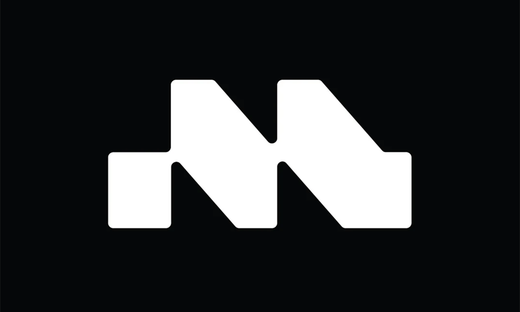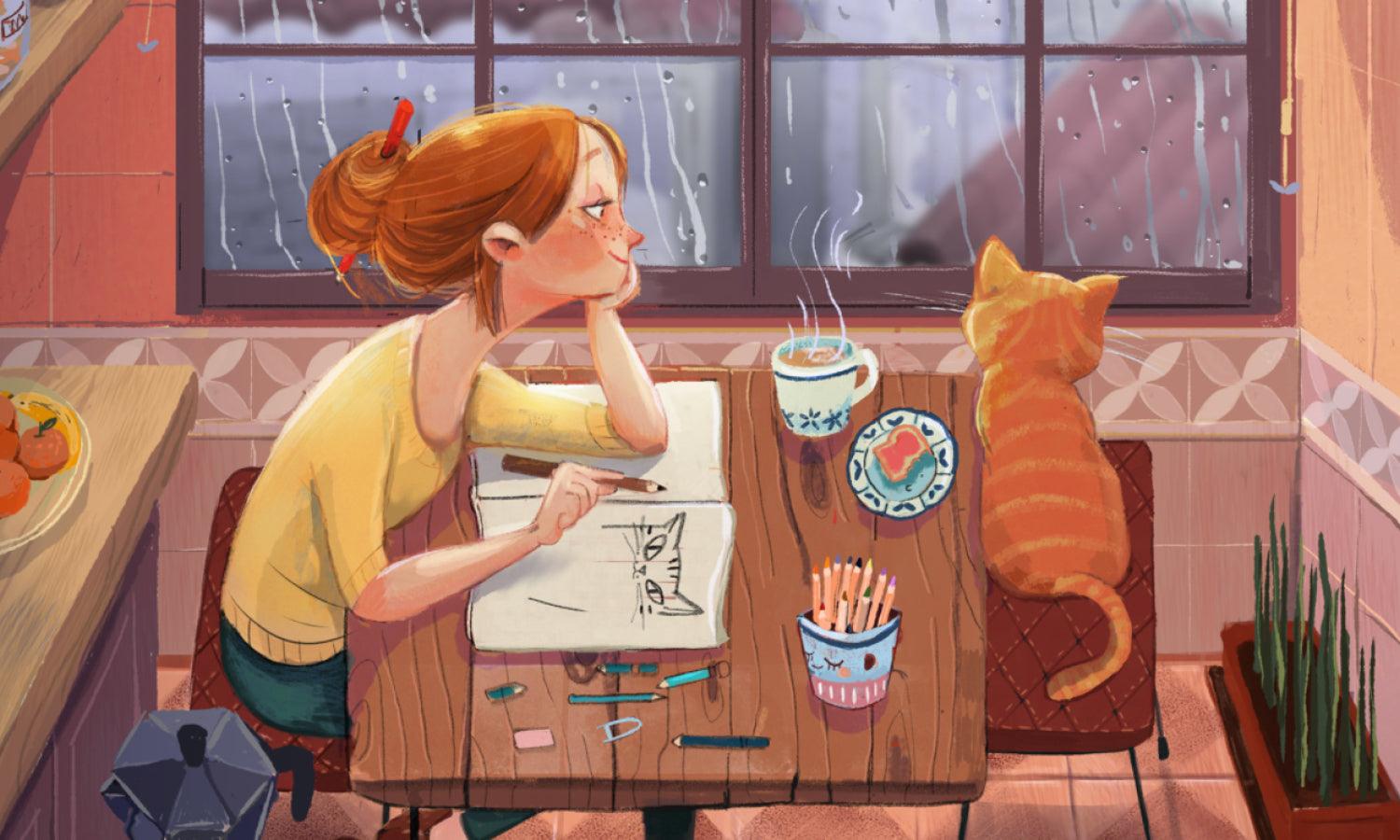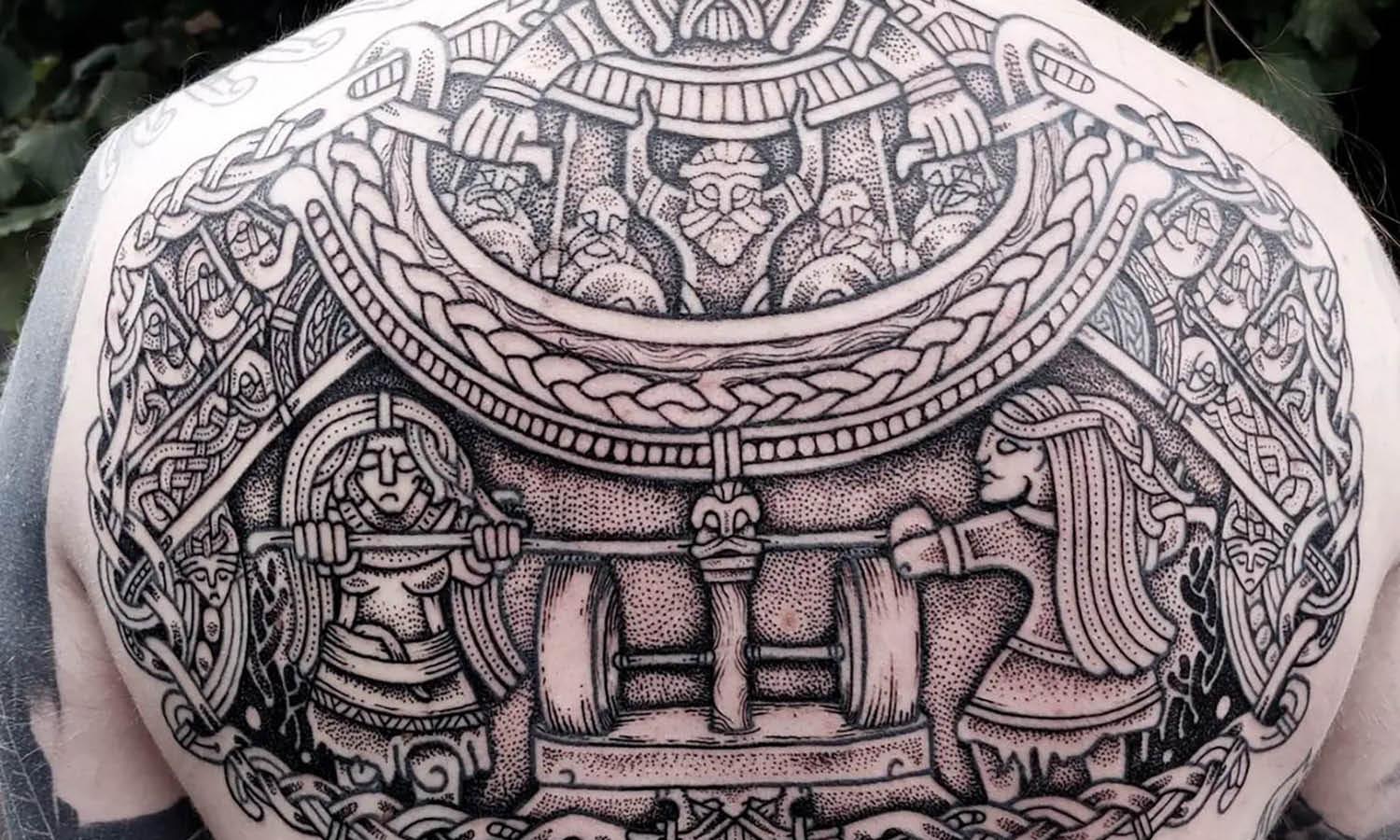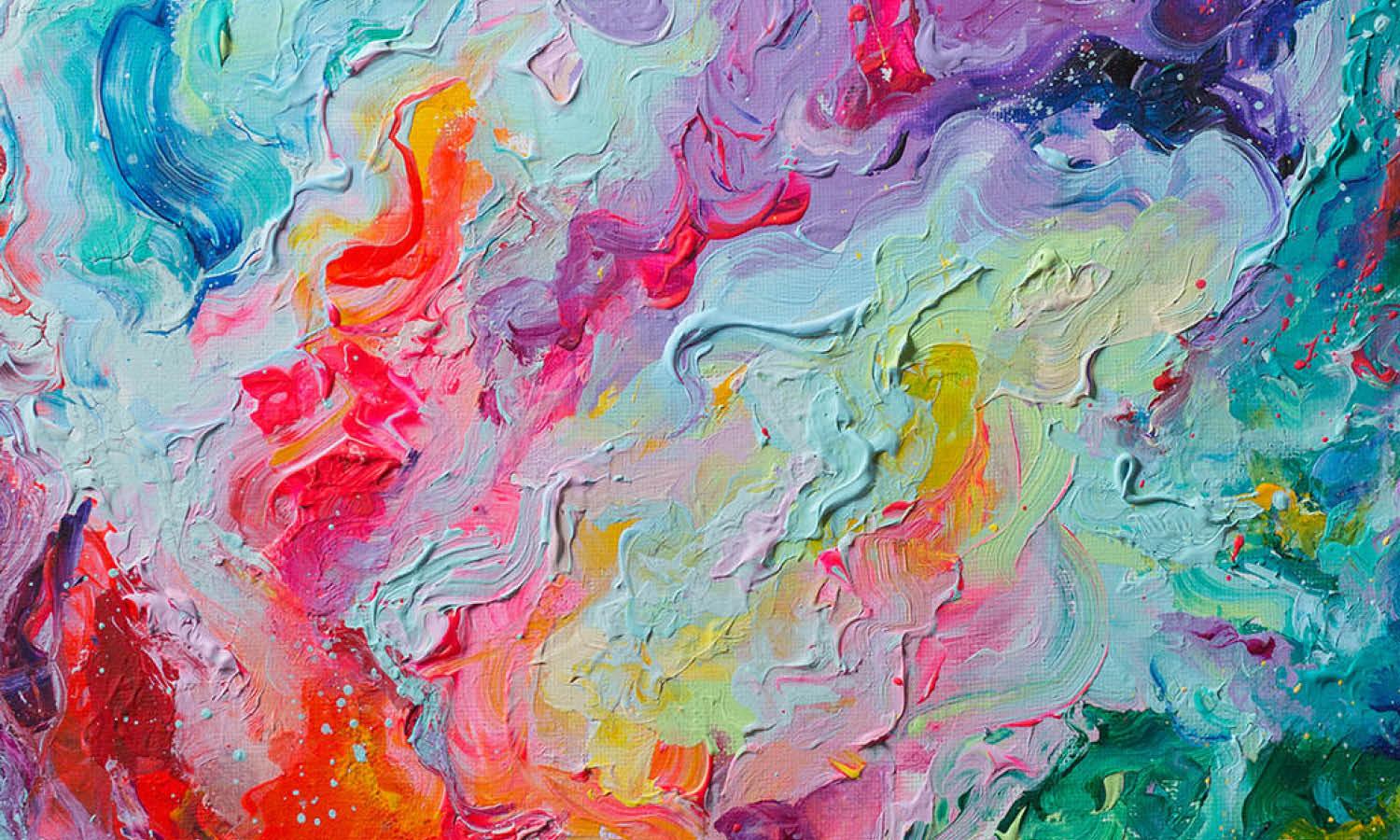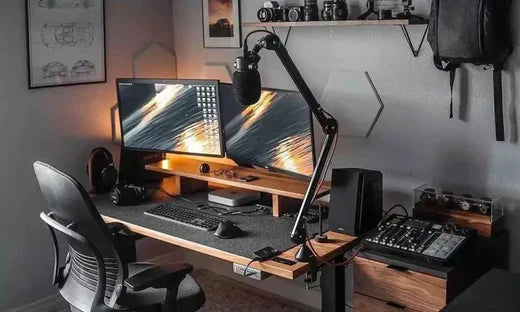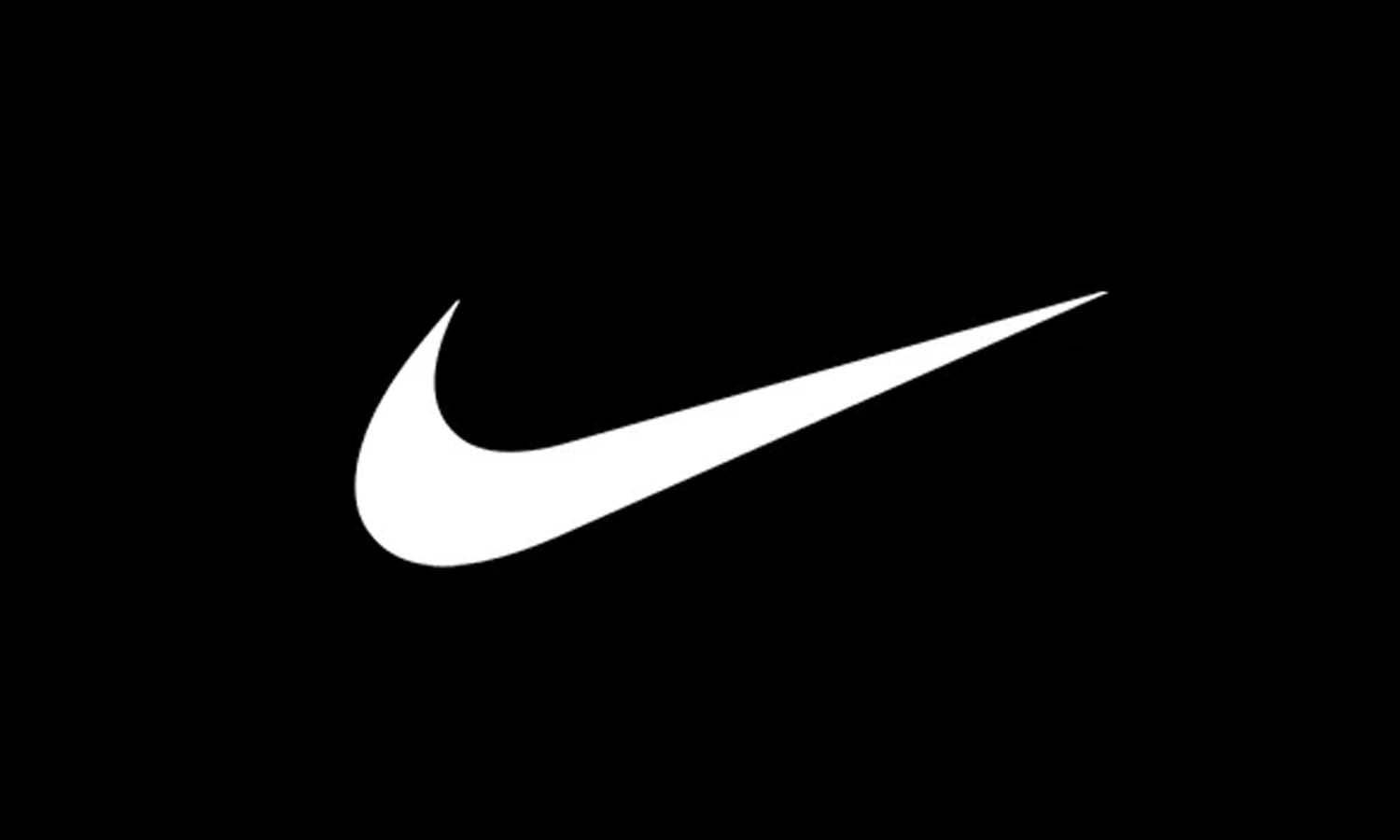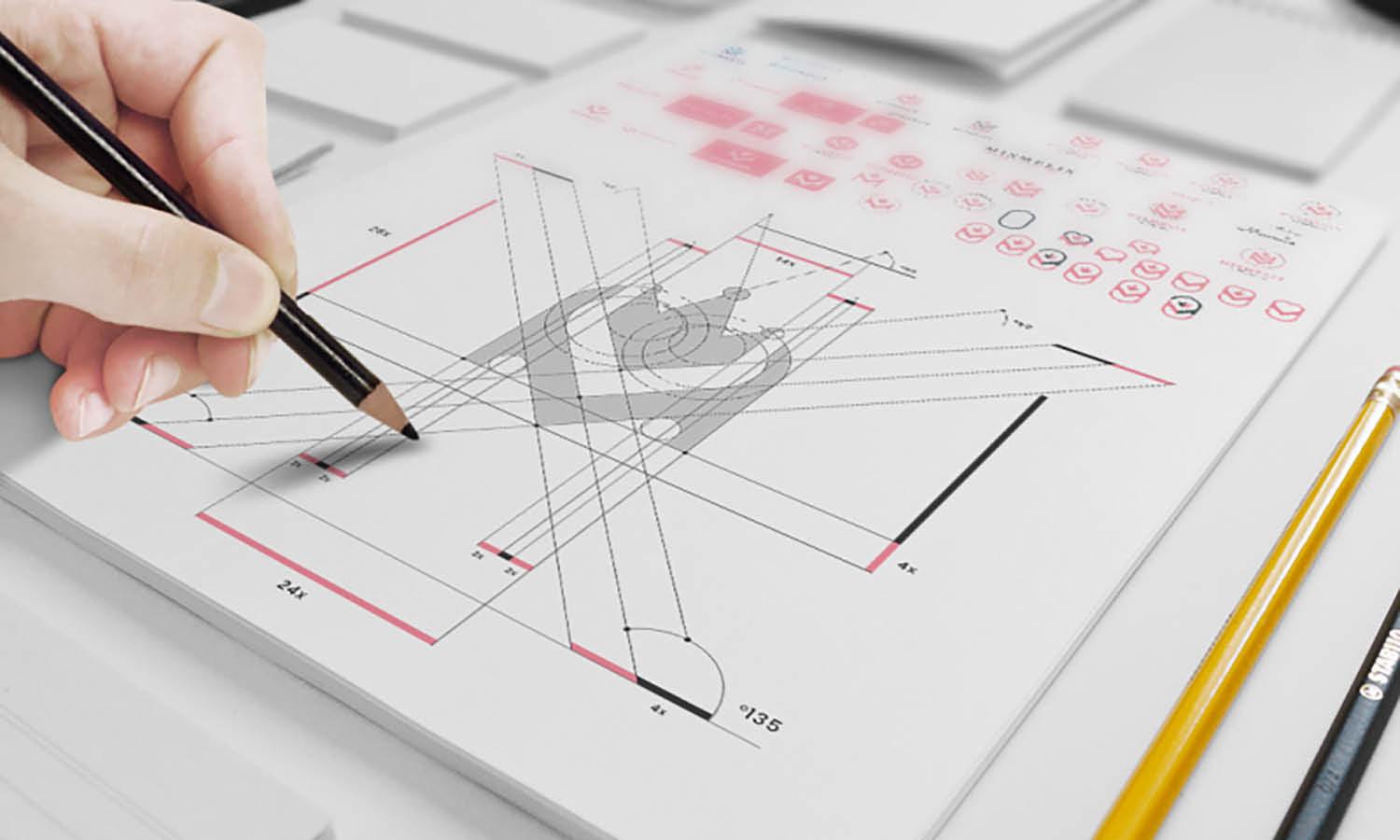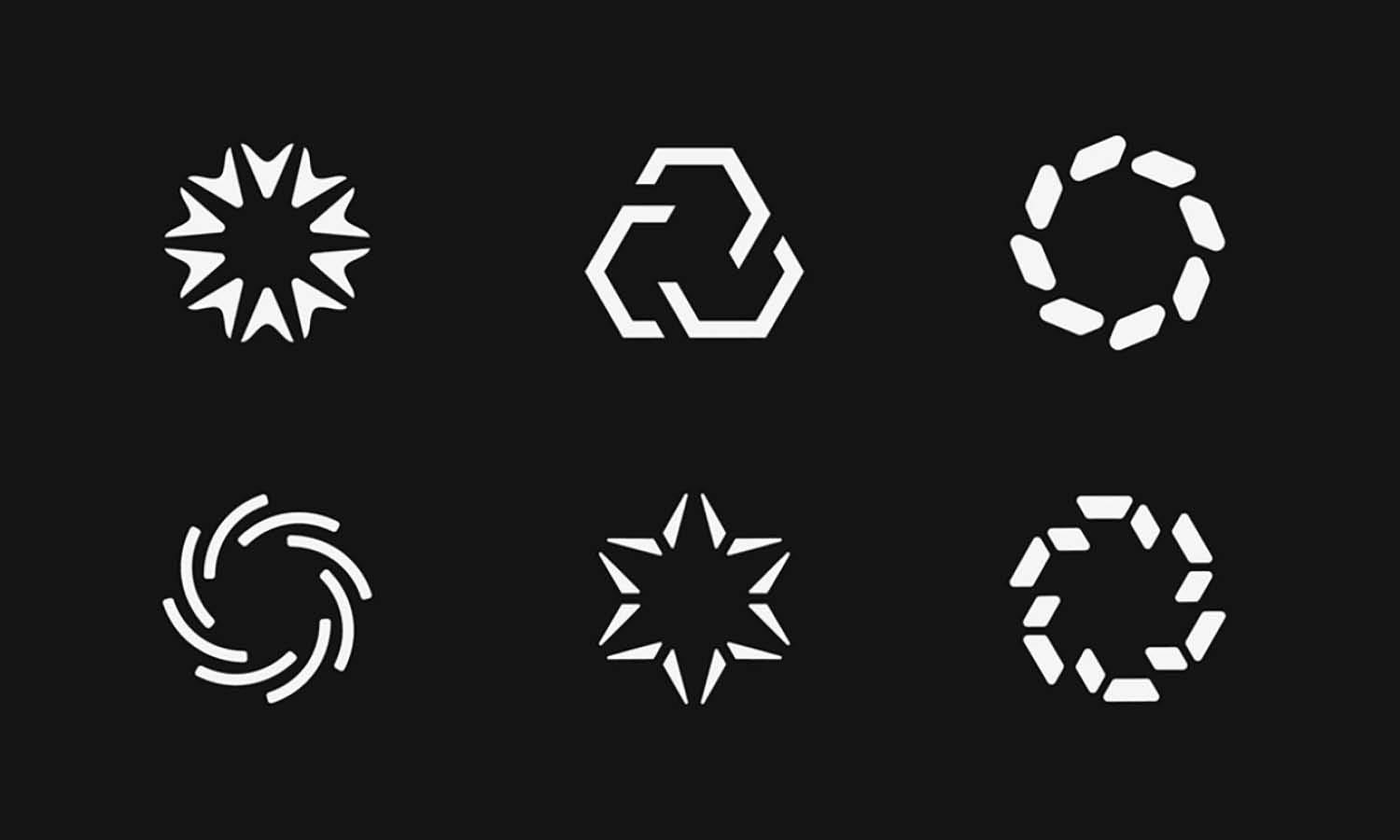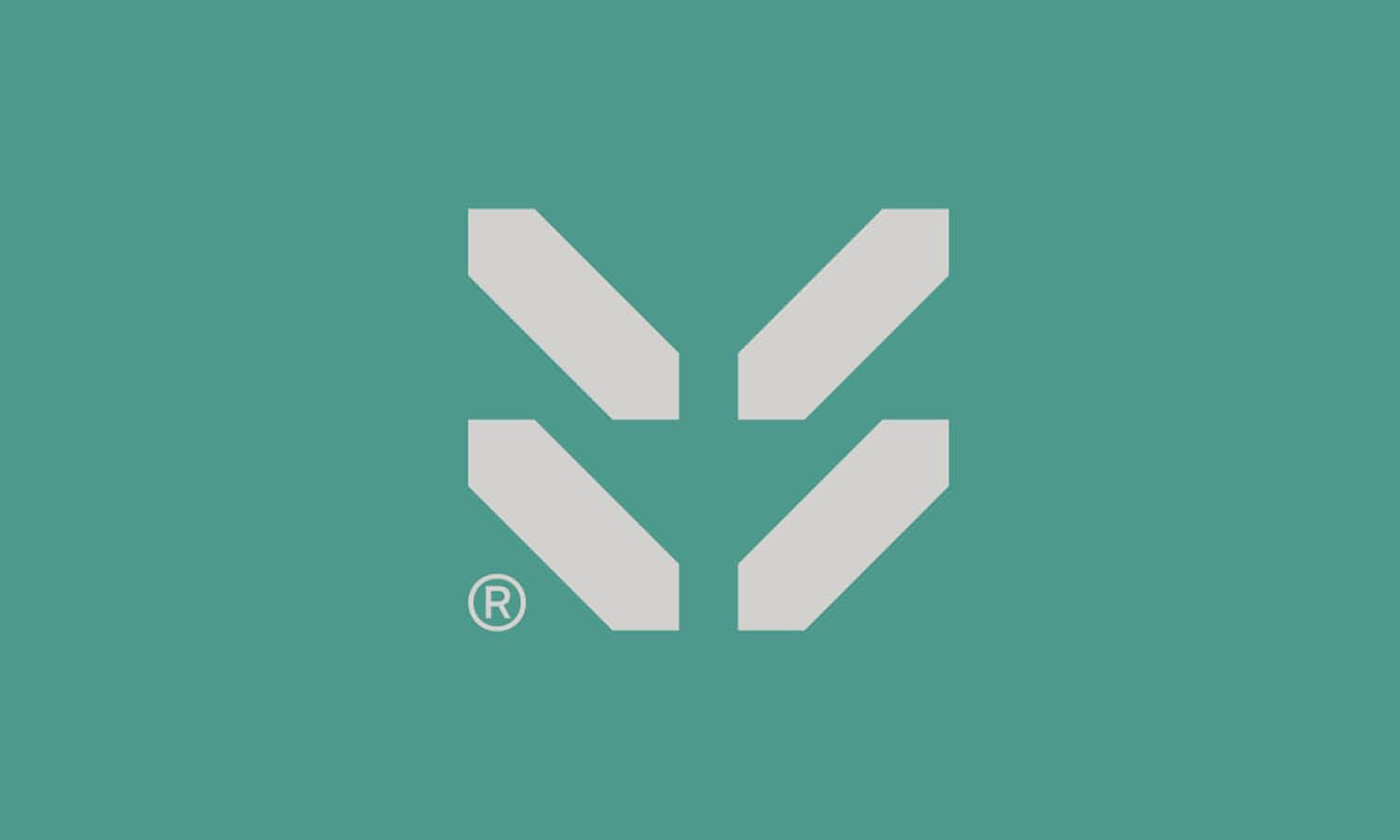How AI Text-to-3D Generators Are Reshaping Creative Production

Image by Mohamed Hassan from Pixabay
Creative teams have always worked under pressure to deliver more ideas, faster, and with tighter budgets. Whether it’s for gaming, product design, animation, or immersive experiences, the demand for high-quality 3D assets keeps growing while timelines shrink.
That gap has pushed many creators to rethink how they work, and AI text-to-3D generators have quickly become one of the most transformative tools in that shift.
By turning simple written prompts into detailed models, these tools are opening the door to faster iterations, lower production costs, and more ambitious visual exploration.
What once required days of sculpting or specialist expertise can now happen in minutes, giving teams new levels of flexibility and creative freedom.
Below, you’ll find exactly how these AI-driven tools are reshaping the production process and what creators can do to use them effectively.
1. They Remove the Need for Technical 3D Skills
Most teams don’t have in-house 3D artists, and learning traditional modeling software takes months of training. Text-to-3D tools remove that barrier by letting creators describe what they want in plain language.
With the right workflow, even non-designers can produce usable assets for early prototypes or pitch decks. If you’re evaluating options, reviewing the best text to 3D generator platforms can help you choose one that fits your visual style, level of detail, and export needs.
The takeaway is clear: the skill gap shrinks, and more people can participate in visual development without slowing down the team.
2. They Make Prototyping Significantly Faster
Speed is often the difference between winning or losing a creative opportunity. AI tools generate models in minutes instead of days, which means teams can test multiple ideas in the same amount of time it once took to create a single asset.
The most successful teams pair quick AI drafts with a structured feedback cycle, reviewing shape, proportion, and use-case compatibility before generating refinements. This rapid loop allows creators to pressure-test ideas early, long before investing time into polishing or animation.
3. They Reduce Production Costs Across the Pipeline
3D work has traditionally been expensive because it relies on specialist labor and long production cycles. AI cuts that cost at every stage.
Early visuals no longer need a professional modeler, repeating geometry can be generated automatically, and background props don’t need hours of manual sculpting.
For small studios or startups with limited funding, this means they can produce far more assets without raising budgets. Many teams now reserve expert talent for hero assets or final detailing, letting AI handle the rest.
4. They Expand Creative Exploration Through Rapid Variation
AI makes experimentation low-risk. A single prompt can generate multiple variations, allowing creators to explore different textures, forms, and proportions quickly. This helps teams think beyond their usual visual comfort zones.
A strong workflow is to generate wide variations first, then narrow them down by iterating on the most promising directions. This style of divergent-then-convergent thinking leads to more original concepts and prevents teams from settling too early on predictable ideas.
5. They Support Multi-Format Pipelines With Less Rework
Modern creative production spans many touchpoints: AR prototypes, VR environments, in-game assets, product previews, and animation tests.
AI-generated models can be exported into different formats, so a single concept can serve multiple platforms. This reduces rework and keeps visual consistency across applications.
Teams that plan ahead by defining polygon limits, required formats, and texture resolution get the smoothest results, especially when moving assets into engines like Unity or Unreal.
6. They Let Non-Design Teams Contribute Meaningfully
Some of the best early-stage concepts come from people who aren’t trained designers. Product managers might define functional shapes, engineers might outline spatial constraints, and marketers might visualize campaign themes.
Text-to-3D tools allow all of these contributors to express ideas visually without slowing down production. A good cross-team strategy is to create a shared prompt library so everyone uses consistent language, style references, and structural cues.
7. They Automate Repetitive, Low-Value Modeling Tasks
Every creative pipeline has low-complexity tasks: background props, basic objects, simple environmental elements.
AI handles these efficiently, freeing experienced artists to focus on high-impact work like hero assets, animation-ready topology, or advanced texture detailing.
A common best practice is to designate AI for base meshes, then have artists refine topology and materials afterward. This hybrid approach provides both speed and professional polish.

